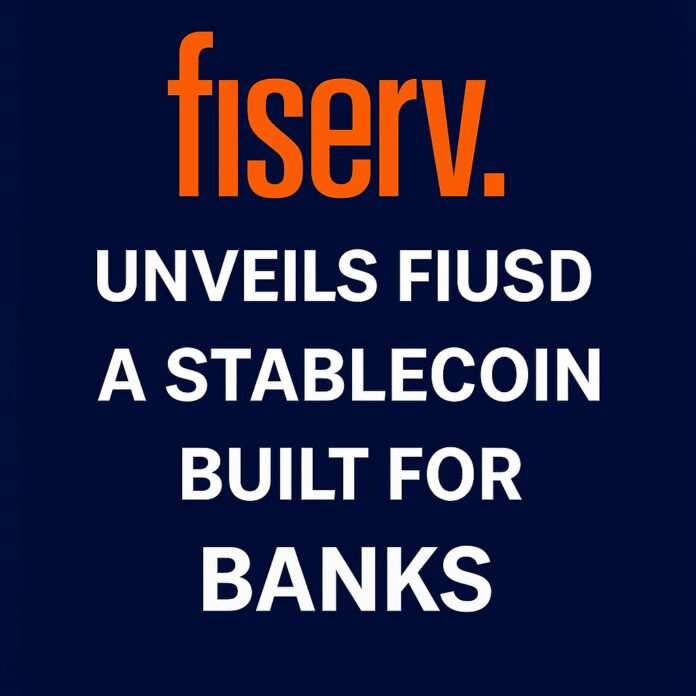Global payments giant Fiserv has officially announced the launch of its own U.S. dollar–backed stablecoin, FIUSD. Designed specifically for banks and financial institutions, the initiative aims to bring tokenized payments into the heart of traditional finance without compromising on compliance, control, or scale.
🧩 What Makes FIUSD Unique?
Unlike consumer-oriented stablecoins, FIUSD is built for banks:
- Interoperability: Initially launched on the Solana blockchain, FIUSD is expected to be interoperable with other major stablecoins.
- Bank integration: Fiserv will make FIUSD accessible via existing payment systems and APIs — meaning no new infrastructure is required for its 10,000+ banking clients.
- Partnerships: The project integrates technologies from Circle and Paxos to ensure reserve backing and trustworthiness.
📈 Strategic Value for Financial Institutions
- Instant Settlement: Transactions can clear in seconds, bypassing the lag of traditional rails like SWIFT or ACH.
- New Revenue Channels: Banks can generate income through token utility, transaction fees, and yield on reserves.
- Access to Web3: Regional and mid-sized banks gain exposure to tokenized infrastructure without deep in-house crypto capabilities.
⚠️ Key Risks and Challenges
| Challenge | Implication |
|---|---|
| Regulatory Gray Areas | Stablecoin regulation in the U.S. is still evolving. Banks must tread carefully. |
| Displacement of Deposits | If clients move deposits into stablecoins, traditional lending pools may shrink. |
| Adoption Hurdles | Even with technical access, many banks may hesitate to adopt due to reputational risk. |
| Fragmentation Risk | With multiple stablecoins emerging (e.g., JPMD, PYUSD), interoperability becomes essential. |
🔍 Why It Matters
Fiserv’s move signals a major shift: the tokenization of money is no longer limited to crypto-native firms. With traditional players like Fiserv entering the space, the question is no longer if banks will use stablecoins — but how soon, and under what frameworks.
🧠 RateEx42 Perspective
From a strategic standpoint, FIUSD is not about competing with existing crypto coins. It’s about embedding trusted digital assets into the plumbing of regulated finance. By removing the friction of token custody, settlement, and AML monitoring, Fiserv is offering banks a path to modernize — without abandoning their core compliance mandates.
Still, questions remain: Will banks trust this new token model? Will regulators draw a line between stablecoins and tokenized deposits? And will the public use FIUSD without even realizing it?
🧭 Final Thought
FIUSD could be the most quietly powerful stablecoin launch to date.
It’s not flashy, it’s not retail-focused, and it won’t make headlines for volatility. But it just might bring digital dollars into the real economy — via the institutions people already use every day.
If that happens, this isn’t just a token. It’s an infrastructure upgrade.



